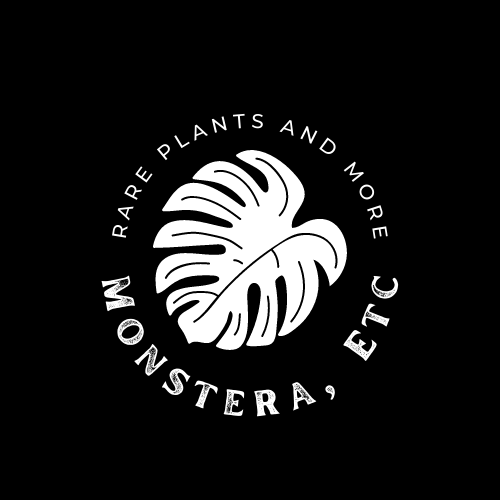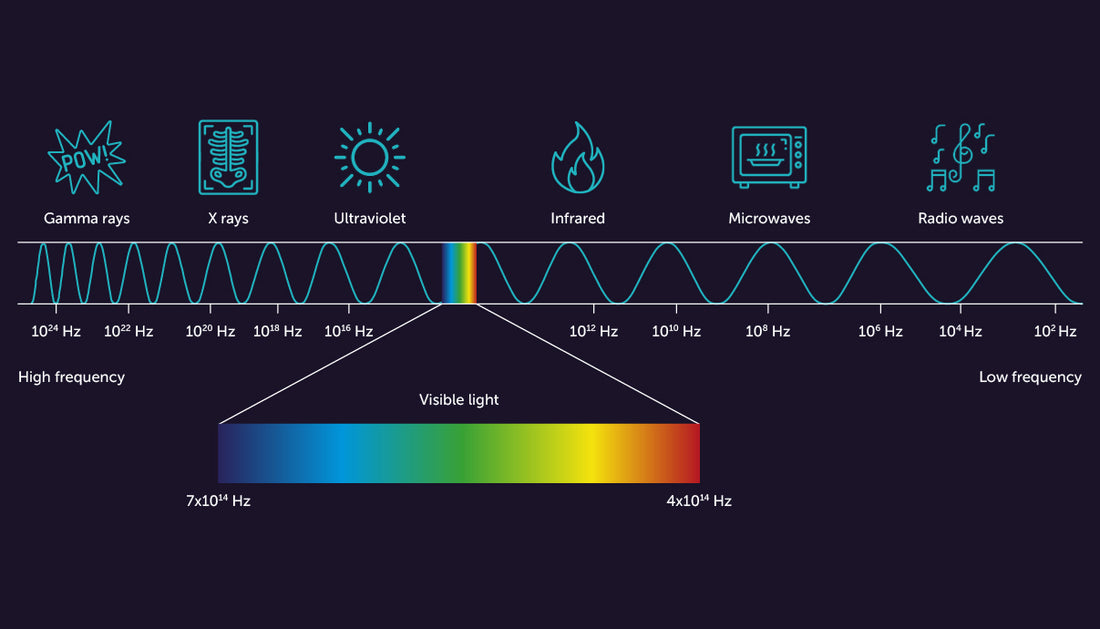Why Do We Need Grow Lights?
Think of grow lights like special sun-like lights for your plants, especially when they're indoors and might not get enough natural sunlight.
Plants need light to grow, just like how we need food. Sunlight provides plants with the energy they need to make their own food through a process called photosynthesis. Grow lights mimic sunlight by giving off the right types of light that plants love.
Regular light bulbs at home don't give off the same kind of light that plants need. Grow lights are designed to provide the right colors of light, usually blue and red, which plants use the most for photosynthesis. These lights help plants make energy and grow strong.
When you use grow lights for your house plants, it's like giving them a healthy and delicious meal. They absorb this special light through their leaves and use it to make their own food, helping them grow bigger and healthier even when they're inside your home. So, grow lights are like little sun substitutes that help your indoor plants thrive!
Let's Get a Little More Technical!
Now, let's delve a bit deeper into the technical aspect of the light spectrum that plants use.
Sunlight is made up of different colors of light, and each color has a different energy level. Plants use two main parts of the light spectrum for photosynthesis:
1. **Blue Light**: Blue light has higher energy and is important for the initial growth stages of plants. It helps with things like producing strong leaves and promoting overall plant growth.
2. **Red Light**: Red light has slightly lower energy than blue light and is crucial for the later stages of plant development, such as flowering and fruiting. It helps plants produce energy-rich molecules that they use for growth.
These two parts of the spectrum are especially important because plants have specific pigments called chlorophyll that absorb light and convert it into energy. There are different types of chlorophyll, and they absorb light best in the blue and red parts of the spectrum. When plants absorb these colors of light, they use the energy to turn carbon dioxide and water into sugars and oxygen through photosynthesis.
So, grow lights are designed to emit a spectrum of light that is rich in blue and red colors. This "full spectrum" light provides the wavelengths that plants need most for photosynthesis and growth. Some advanced grow lights even allow you to adjust the intensity of these colors, mimicking different sunlight conditions and optimizing plant growth for various stages of development.
In summary, plants rely on the specific energy levels of blue and red light to fuel their growth and energy production processes. Grow lights are carefully designed to provide these essential colors of light, helping your indoor plants thrive as if they were soaking up the sun outdoors.
So Will My Plants Grow With Regular Household Lights?
Yes, plants can grow to some extent with regular household bulbs, but they might not grow as well as they would under specialized grow lights. Regular household bulbs, like incandescent or compact fluorescent bulbs, emit light that is not optimized for plant growth. They provide a limited spectrum of light, with most of the energy concentrated in the yellow and red parts of the spectrum. While some plants may survive and grow slowly under such lighting, they are unlikely to thrive or reach their full potential.
Specialized grow lights are designed to provide the specific wavelengths of light that plants need for optimal growth. They typically emit a balanced spectrum of blue and red light, which closely mimics the light that plants receive from the sun for photosynthesis. This helps plants grow faster, healthier, and produce more flowers and fruits.
If you're growing plants indoors and want them to thrive, it's recommended to invest in proper grow lights or LED plant lights. These lights are designed to provide the right kind of light energy that plants require, ensuring better growth and overall health.

